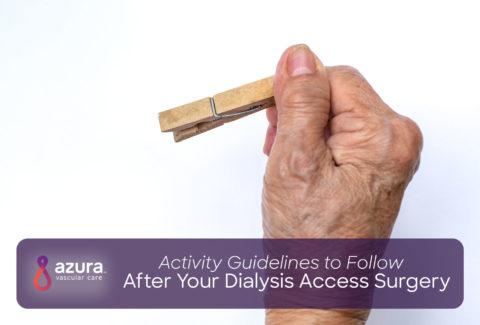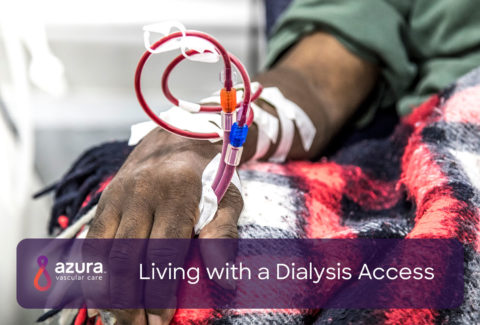
Are you recently coming to terms with the fact that you need dialysis? At Azura Vascular Care, we realize you will be experiencing many lifestyle changes during this time. We are here to help you learn what seems like an entirely new language.
Have you been feeling overwhelmed by the terminology used by doctors when discussing dialysis access? Understanding the associated terms can help you better communicate with your healthcare team and make informed decisions as you undergo the dialysis access process.
Let’s focus on the basic language first, and then we will progress to more advanced terms.
The Basic Terms Of Dialysis Access
To begin, it is highly important that you understand the following three terms that are related to the type of treatment you will be receiving.
Types of Access
The next group of terms you should learn is related to the type of access you have. Remember that your access allows you to undergo dialysis. Again, we’ll break down these terms to facilitate understanding.
Access Assessment & Evaluation
Along with being able to communicate with your healthcare team about your dialysis treatment and access type, you’ll want to understand the language of access assessment. This includes those performed by you, as well as your healthcare team.
Things to Be Aware Of
While it is ideal to avoid complications over the course of your treatment, it is necessary that you understand the nature of complications if they occur. Below are some common terms you should become familiar with:
Treating the Dysfunctional Access
Here are some terms related to the treatment of dysfunctional access problems:
Understanding the common terms related to dialysis access is important so that you’re able to better communicate with your healthcare team. Being well informed allows you to spend less time researching and more time focusing on staying healthy!


